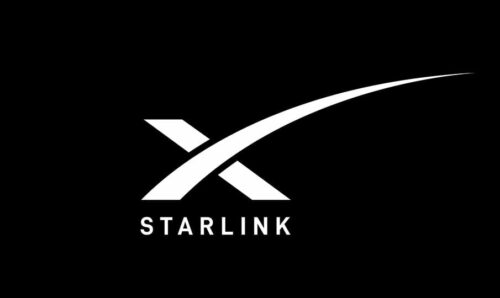
Space X and Elon Musk have been busy launching satellites to complete a long-held dream of communication experts – a ring of communications satellites around the Earth to facilitate better internet connection.
Deployment of 60 Starlink satellites confirmed pic.twitter.com/apZ7oTOvNk
— SpaceX (@SpaceX) February 16, 2021
Starlink is Musk’s satellite internet constellation being constructed by SpaceX to provide satellite internet access. The constellation will consist of thousands of mass-produced small satellites in low Earth orbit, working in combination with ground transceivers
It’s called Starlink Beta as it’s currently in the very early stages of development. (Funny, I recall editing an article on this very dream back in 1994 when it seemed as far-fetched as having a phone that would take a photo so you could check you were buying exactly what your wife has sent you out for!)
During the beta stage, users can expect to see data speeds vary from 50Mb/s to 150Mb/s and latency from 20ms to 40ms in most locations. . There will also be brief periods of no connectivity at all.
As Starlink launches more satellites, install more ground stations and improve the networking software, data speed, latency and uptime will improve dramatically.
Go here to see if your address is currently eligible. I pumped in an address and the cost was around $600. Online reports state $99 so I’m not sure if it varies by area. Starlink is available to a limited number of users per coverage area at this time. Orders will be fulfilled on a first-come, first-served basis. Users in the US in remote places were the first to be offered the service and many are ecstatic!
THREAD
— Anthony Iemole (@SpaceXFan97) February 21, 2021
Today I finally received my Starlink beta kit from @SpaceX. I’ve wanted Starlink ever since it was announced years ago and now that I finally have it and I couldn’t be happier!
I currently pay $85 a month for 80mbps down and an unknown number up.
Starlink Kit includes everything you need to connect to the internet including your Starlink, wifi router, power supply, cables and mounting tripod. The mounting tripod is designed for ground level installation, or to support a quick start setup to test your internet connection. For users that require a roof install, roof mounts are available by signing into your account.
If you could see the connection between a Starlink satellite and your Starlink dish, it would look like a single beam between the two objects. As the satellite moves, the beam also moves.
The area within which this beam moves is the “field of view”. If any object such as a tree, chimney, pole, etc. interrupts the path of the beam, even briefly, your internet service will be interrupted.
In early service, the required clear field of view is a 100-degree cone around the center of the dish (after tilting) with a 25 degree elevation minimum. Some obstructions are worse than others. Obstructions low in the sky will cause more outages because satellites are in this area of the sky more frequently.
The best guidance they give is to install your Starlink at the highest elevation possible where it is safe to do so, with a clear view of the sky. Users who live in areas with lots of tall trees, buildings, etc. may not be good candidates for early use of Starlink. However as more satellites are launched, the field of view constraints will decrease, enabling a wider variety of users.
